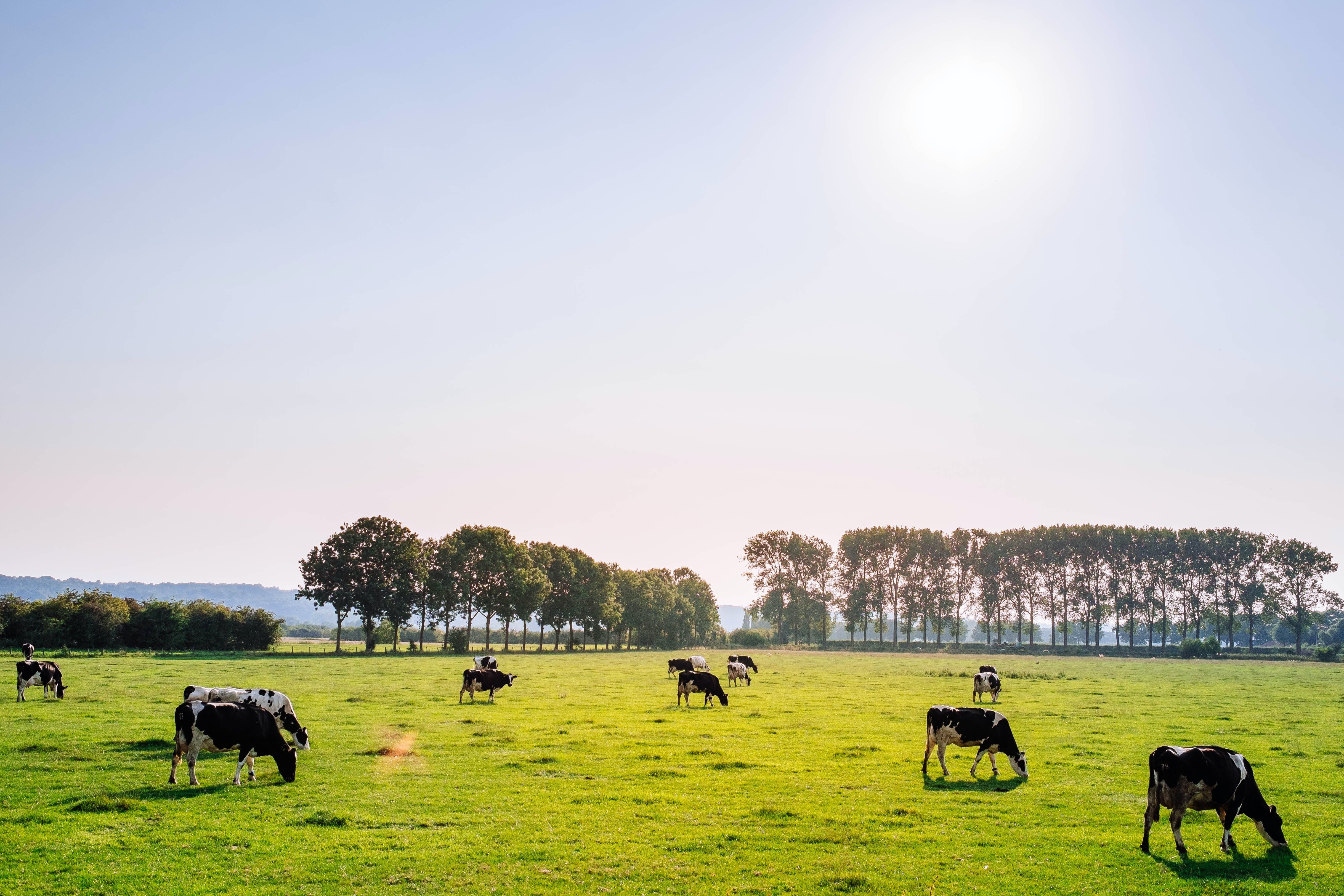Getting Ready for Spring and Summer Grazing
Published 9:31 am Friday, March 25, 2022
|
Getting your Trinity Audio player ready...
|
by Aisling Fields. Alabama Extension Service
Alabama cattle producers know March is a great time to use cool-season forage crops and prepare for the grazing season ahead. In March, producers can begin preparation for summer annuals and perennials.
Taking soil samples for fertilizing, planting forages and preparing for rotational grazing are just a few things to do to get ready for spring and summer.
“Seed, fertilizer and herbicides are expensive this year and may be difficult to find, so sourcing those materials in March for planting in April and/or May is the best bet,” said Leanne Dillard, an Alabama Cooperative Extension System forage specialist and assistant professor.
Fertilizing and Planting for the Season Ahead
Alabama’s warm weather proves a great opportunity to start fertilizing pastures early. Taking a soil sample every two years will ensure that the grass can utilize available nutrients efficiently.
“Soil testing will ensure that all the necessary nutrients are available to the plant to help it grow,” Dillard said. “This keeps plants healthy which increases their productivity and persistence.”
There are a lot of options for fertilizer, but a common fertilizer in Alabama is poultry litter. Poultry litter will also provide organic matter and other nutrients to the soil, helping pastures to maximize growth.
Synthetic fertilizers—such as ammonium sulfate—are also widely used. Many times producers will be able to get a fertilizer blend to specifically meet nitrogen, phosphorus and potassium needs. However, with rising prices in fertilizer, other options like poultry litter might be more economical.
Grazing Requirements for the Current Season
Turning cattle out onto cool-season grazing too early in the spring can decrease pasture production potential during the growing season.
“Most cool-season pastures should begin grazing when forage is between 8 to 12 inches in height,” said Kim Mullenix, Alabama Extension beef specialist and associate professor.
Allowing forage to reach this height allows it to establish a strong root system and an adequate leaf area for regrowth. Pasture regrowth may be extremely slow if short forage grazing occurs too early on. This is mostly due to short pastures not having adequate energy reserves to support regrowth, which decreases season-long production potential.
“Most cool-season pastures should be grazed to a height of no lower than 3 to 4 inches to help provide adequate forage reserves for regrowth,” Mullenix said.
Weed control can be a big issue for many farmers, but rotating your herd to a different pasture at the recommended forage height can help forages rest and regrow, which helps compete with weeds. Pastures can grow to their potential if rotated strategically with both rest and grazing periods.
More Information
Spring is a great time to assess your fields and get preparation together for the coming months. Learn more about forage management on the Alabama Extension website, or by contacting the local Extension office. The offices can put producers in touch with an animal science agent for more information.
Contact: Justin Miller, Communications Specialist, Alabama Cooperative Extension System
Email: jkm0030@auburn.edu, Office: 334-844-8840






